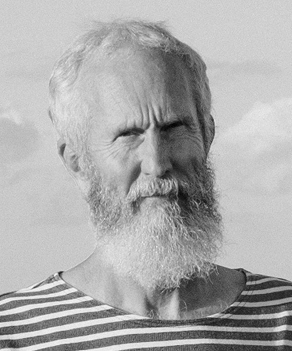Featured Experts

Doyne Farmer
Director of the Complexity Economics programme at the Institute for New Economic Thinking at the Oxford Martin School

Doyne Farmer
Director of the Complexity Economics programme at the Institute for New Economic Thinking at the Oxford Martin School
Dr. Farmer is the Director of the Complexity Economics programme at the Institute for New Economic Thinking at the Oxford Martin School, Baillie Gifford Professor of Mathematics at the University of Oxford, and an External Professor at the Santa Fe Institute. While a graduate student in the 1970s, Dr. Farmer built the first wearable digital computer, which was successfully used to predict the game of roulette.
In this Episode
Dr. Doyne Farmer, Director of the Complexity Economics program at the Oxford Martin School, and co-author of the recent working paper, Empirically grounded technology forecasts and the energy transition, sat down with Climate Now to explain why, even without considering the social cost of carbon, transitioning to renewables as quickly as possible will save the world trillions of dollars in energy costs.
In this short explainer video, Dr. Farmer breaks down 3 of their modeled scenarios.
